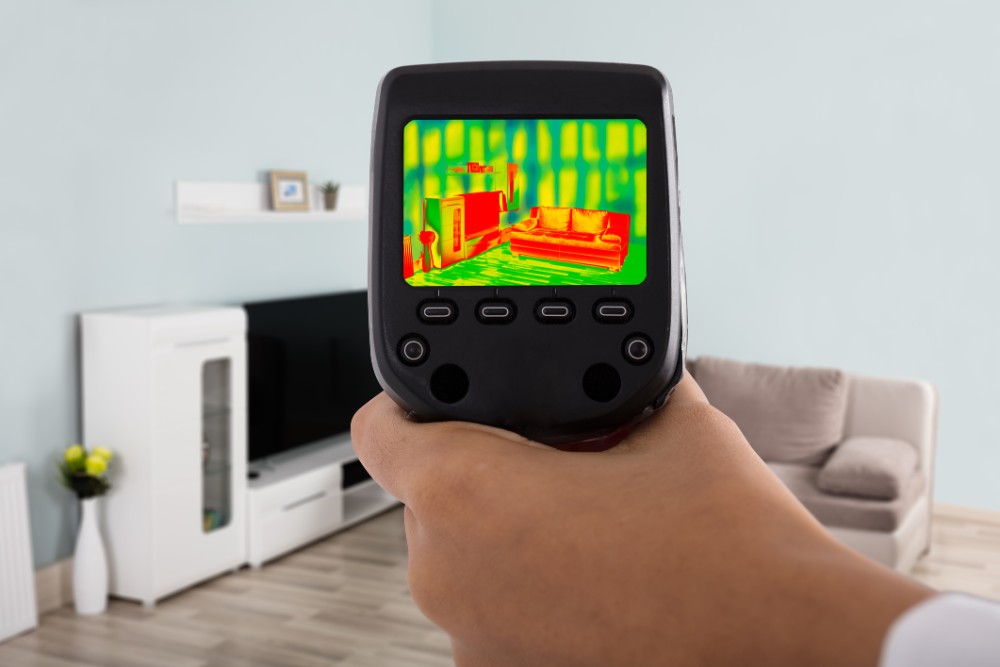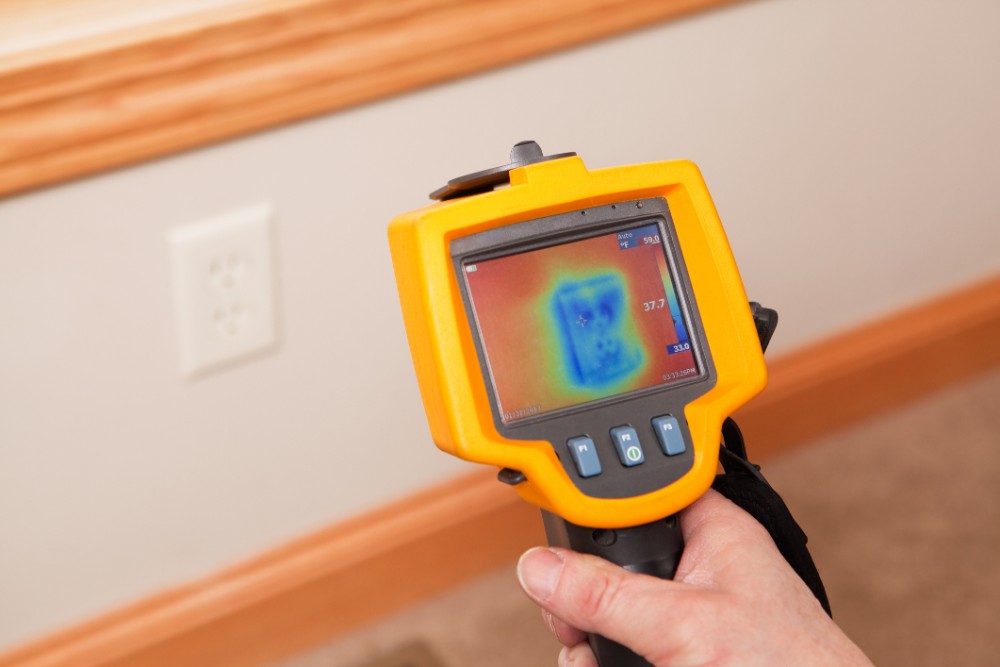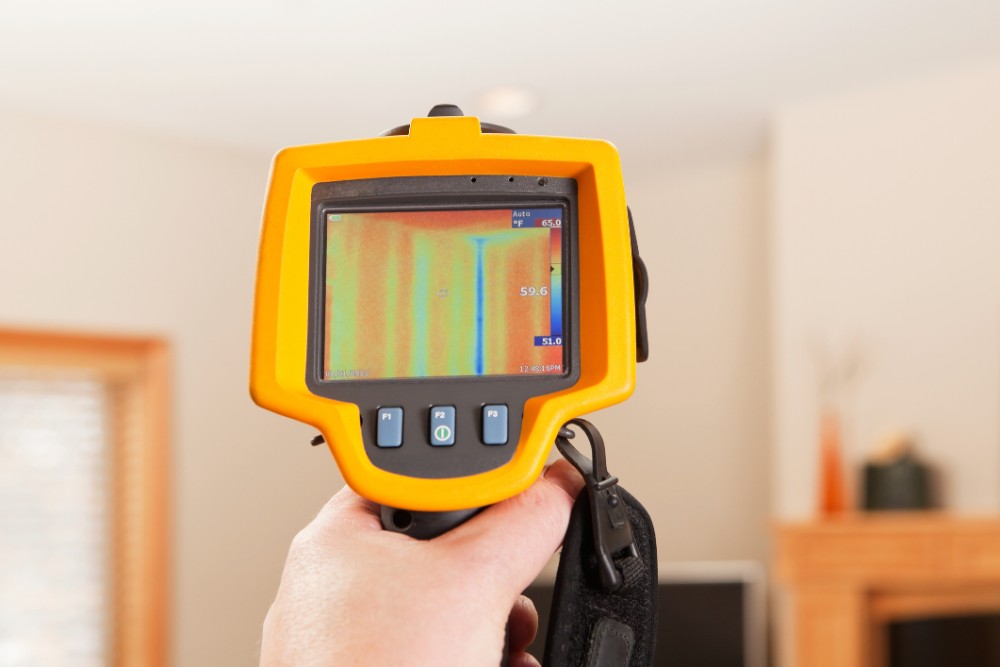- Bridging through the framing members
- Air leakage through the wall penetrations
- Uninsulated corner
Building envelopes have changed more than any other building assemblies. Old school tar paper wraps have been replaced with synthetic WRB (weather resistant barriers), fluid applied barriers as well as integrated WRB systems. We, at Mountain Contracting, have gone away from Tyvek style WRBs (water resistant barriers) and we are sheeting houses using zip sheeting that contain integrated WRB layer. While premium WRBs, like Tyvek Building Wrap perform acceptably, we are finding it difficult to properly seal all penetrations and have concerns with water infiltration behind WRB through multiple nail holes that are the result of the building process. We have transitioned to either zip or zip-R systems. In combination with flexible flashing options offered by Huber we are able to deliver air tight structures that will have a comfortable, controllable interior environment.
Another important consideration regarding building envelopes is continuous exterior insulation. A layer of insulation wrapping the building has a more important role than increasing building thermal efficiency by reducing thermal bridging. On most stick built homes, 25% of the building is framing. That means that 25% of the wall will have insulation value of R6, regardless of the insulation level in the wall cavities (R21 typically). Exterior insulation reduces thermal bridging through framing members and increases the overall insulating value of the home while it reduces air infiltration rate. Most important aspect of the continuous insulation layer is that it increases temperature of the exterior sheeting (if installed over the sheeting) or moves condensation dew point away from the sheeting if installed under the sheeting. In both instances sufficient layer of continuous insulation will prevent water vapor (humidity) inside the walls to condensate resulting in odor, mold and deterioration of the structure. This approach is superior to the traditional approach where builders and designers relied on the polyethylene retarder to prevent water vapor from being carried from interior through the drywall to the wall cavities. Our houses benefit not only from additional R-value (typically additional R6-R8) but also from improved air sealing. Fiberglass insulation typically used in wall cavities does a poor job of preventing air from transitioning through cavities. When air is allowed to transition through wall cavities fiberglass rated R-value is significantly reduced. Same happens when fiberglass insulation gets wet. A layer of rigid or semi-rigid continuous insulation greatly improves properties of wall cavity fiberglass insulation as well.




